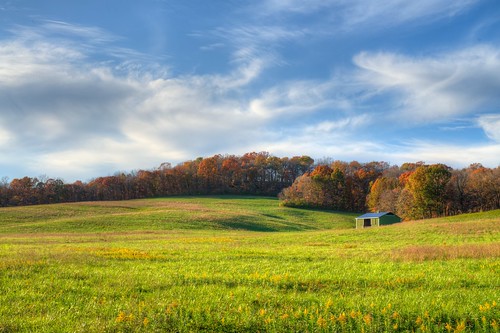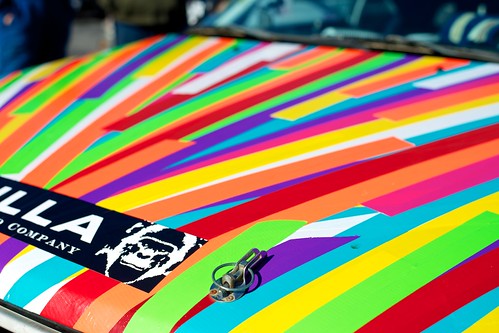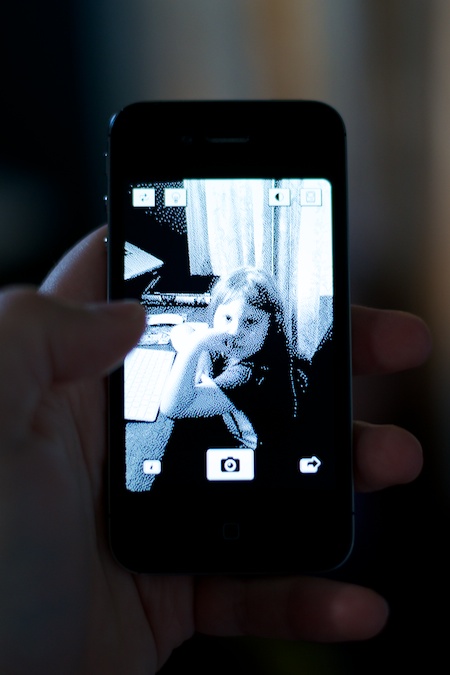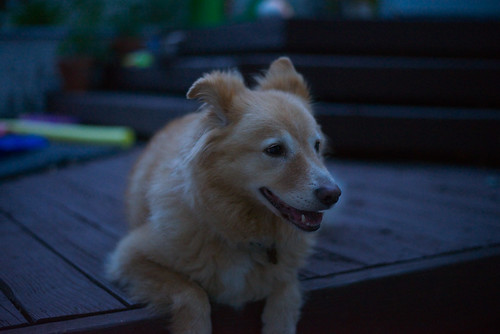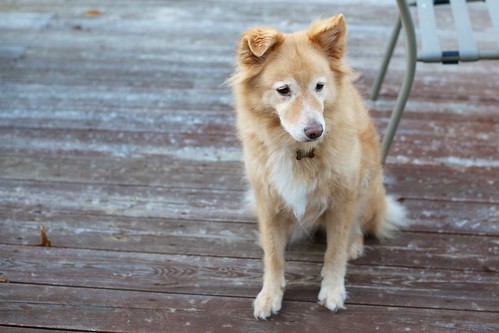
A few comments from my good friends John Lamb and Kurt Werstein had me thinking about what I like about Flickr and why I keep using it when so many people have moved to Facebook, Google+, Zenfolio, 500px and the like.
I’ve been an enthusiast photographer for a while. According to Aperture I have taken over 26,000 photos in the past 7 years. I’ve recently started investing more time (and by association, money) into my hobby of photography with a recent camera purchase.
I’ve shared over 3,000 of my photos on Flickr. I love it and have consistently used Flickr since 2005. Recently it’s been chided as having missed the boat on things like social and mobile, but for reliably sharing images and finding other photographers (and their photos) it’s the best solution I’ve found yet.
I’m also an Aperture person, so I love the integration between the two. It makes my workflow more efficient and less frustrating than alternatives. In the past I would load the images into a folder, sort by hand to find those worth editing/sharing, load into Photoshop, edit and then export. Then, finally, upload to Flickr.
Aperture handles that all for me, even keeping the EXIF data intact including titles for my pics. Best part is that it can auto-create sets and import keywords to tags to boot!
While I’m a Flickr fan, I do admit that there are a few things that Flickr could improve in their offerings to avid and professional photographers alike. I’ve been jotting notes down for a few weeks now as I’ve thought about my relationship with Flickr. I have a few idea that I think are worth sharing.
I’ll update this article as I think of new things and hopefully as Flickr adds these features over time I’ll get to mark a few out. If you have a suggestion or an idea, please leave a comment.
Professional Views
Lightbox view on Flickr is great, but one click and you’re back to the normal Flickr. Give photographers the option to set themes for sets or collections. Great for pointing clients to review a set of photos.
Password protected sets or collections
Speaking of photographers sharing specifically with clients, let photographers share their stuff in a controlled way via passwords without requiring guests to have a Yahoo! account. Great for sharing proofs (or final edits) to a select group or individual client. I could see this being very popular for photographers shooting corporate events, weddings, birth announcements, etc. See Vimeo’s handling of password protected videos as an example.
Better monetization options
Give photographers a cut of print sales, more third-party companies to print to and allow photographers to create a ‘store front’ for select photos. Like the professional views idea above, let photographers edit a few areas to make things look professional.
Individual licensing
This is related and a
fairly recent trend. Cut out the middlemen (Getty, Shutterstock, etc.) and let people (professional, semi-pro and casual) market directly to other individuals looking for photography.
Less page refreshes, more visible metadata
I’d love quicker access to common metadata – having to click and wait for a second page load sucks. I love looking at a photo at a large size and seeing what other people are doing with the same gear – or with gear I’m interested in. I love photos where I go, “Huh, how did they do that?”
Make this a modal AJAX element of the information. When I click the + next to the ‘Taken with a xx’ have some of the high level EXIF data present such as lens, aperture, shutter speed, ISO and time of day.
Update: It’s not perfect (I think it should be higher on the page) but Camera Settings (EXIF) is now on the photo page!
Better mobile apps
The current Flickr mobile site and iOS app are rather lackluster. Let people upload from their smart phone to the site without the app. (iOS 6 FTW!) Allow group participation on Flickr to be as easy as Facebook or Twitter for mobile interfaces. Let me comment and share to groups with ease. I want to see notifications when people comment on a photos, add as a favorite, or reply to a comment.
Better Groups
Groups are great nodes in the big web of photographers on Flickr. They’re focus points of attention across a sea of individual photos. Give Flickr groups a shot in the arm with a more modern interface. Threaded comments, voting and collapsible navigation. Let me see past comment history from folks. Allow folks to upload more than 6 photos at a time and give me Facebook-like notifications when activity has occurred in a group. Let people like a photo directly from every embed – like you can in justified view. Use the tags, titles and set/collection names to suggest related groups that I might be interested in. Do I tag a lot of photos in Seattle? Invite me to Seattle-related groups. Are most of my photos taken at night? How about some night photography groups?
Better Stats
I’m spoiled by Google Analytics, WordPress.com and Facebook metrics. Flickr gives you some basic stats, but I’d love to see timeline views for individual photos over a range greater than the past 30 days. Let me see how different ways of publicizing my photos impacts its views over time.
Give photographers better stats on where people are coming from. A lot of my referrals are internal to Flickr. Tell me where on the site are they coming from. Are most of my views from random keyword searches, groups I participate in, people who are contacts, etc?
Find people
Help me find people with similar tags, group membership, geographic location of photos (and profile). One of the great things about Instagram is the ability to quickly find existing friends from Facebook and Twitter. (Yes, I’m aware that the Twitter contact function was removed in a recent update.) Figure out a way to plug me in to as many folks as possible. Make recommendations intelligent and unobtrusive.
This is really just a list of desired features and not a deeply substantial or cohesive strategy for moving Flickr forward. I do enough of that in my day job!
I hope these ideas give a hint of a bigger picture and some suggestions to move things forward. I know there are smart, passionate and creative people working on Flickr – people who are far more intelligent than I in figuring out what Flickr needs.


